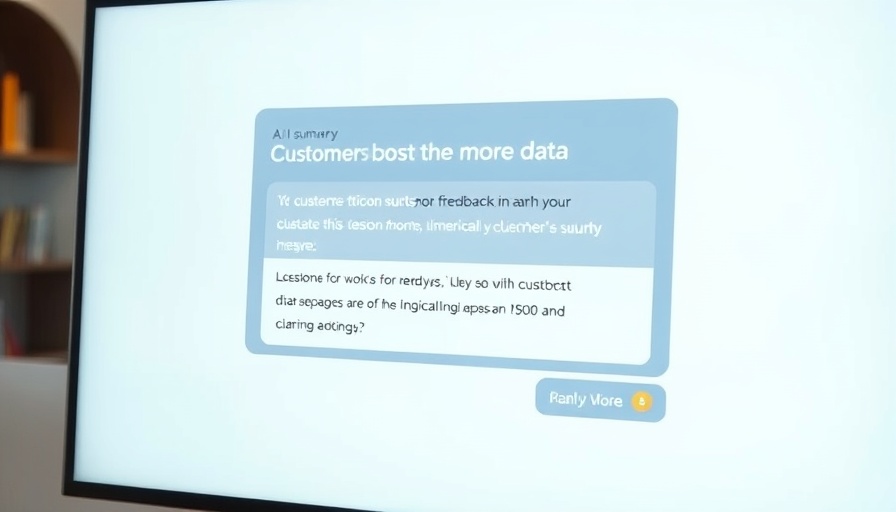
Understanding Franchise Challenges: A Roadmap to Success
Franchising offers an alluring pathway to entrepreneurship, often promising a shortcut to business success through established brands and proven concepts. Yet beneath this appealing surface lies a multitude of challenges that can impede your journey. As a franchisee or franchisor, recognizing these hurdles is crucial for carving a niche in a competitive marketplace.
Brand Consistency: The Cornerstone of Trust
In the franchise business model, brand consistency is non-negotiable. Every unit operates under the same name and logo, which means that maintaining uniformity in products, services, and customer experiences across all locations is essential. A divergence from brand standards can lead to distrust among customers, eroding the foundation of brand loyalty established by the franchisor. This is particularly significant when entering new markets where brand perception might be pivotal in securing new clients.
Building Strong Relationships with Franchisors
Effective communication with your franchisor is crucial to navigating the challenges of franchising. The franchisor is often a source of crucial support and resources, but friction can arise over various factors, such as franchise agreements or operational practices. Transparent discussions can prevent misunderstandings and foster a healthy, collaborative environment that benefits both parties. Regular meetings and feedback loops can further enhance this relationship, ensuring alignment with the franchisor’s vision while allowing franchisees to voice concerns or suggestions.
Adapting to Market Fluctuations
The reality of market fluctuations presents a persistent challenge to franchises. Changes in the economy can influence consumer behavior, impacting spending and operational strategies. To remain resilient, franchise owners must stay attuned to market trends and perform regular analysis to adjust marketing and operational strategies accordingly. Utilizing tools such as customer feedback surveys and sales data analytics can help owners understand and respond to these shifting conditions effectively.
Financial Management: The Backbone of Franchise Longevity
Understanding financial metrics is crucial for franchise success. The combination of initial investments, ongoing royalty fees, and operational costs demands rigorous management. Franchise owners must ensure they have a solid financing structure in place to weather potential downturns. Regular evaluations of financial performance can guide decisions related to pricing strategies and promotional offers, which can be instrumental in enhancing profitability and growth.
Leveraging Technology for Competitive Advantage
In a world increasingly driven by technological advancements, embracing technology becomes paramount for franchises aiming to thrive. From customer relationship management (CRM) systems to social media marketing strategies, leveraging modern tools can enhance operational efficiency and customer engagement. Franchises that adopt technology not only improve daily operations but also cultivate a brand that resonates well with today's digitally-savvy consumers.
Franchising offers a unique blend of independence and support, but this duality comes at a cost—understanding the challenges is a vital part of the success equation. As you embark on your franchise journey, remember that awareness, adaptability, and communication can pave the way toward a prosperous future.
Call to Action
For those looking to navigate the complexities of franchising successfully, it’s vital to consider all the implications of these challenges. Assess whether your franchise operations are aligned with best practices and find ways to adapt and thrive in an ever-changing market. Taking proactive steps today can set the tone for a successful tomorrow!
 Add Row
Add Row  Add
Add 



Write A Comment